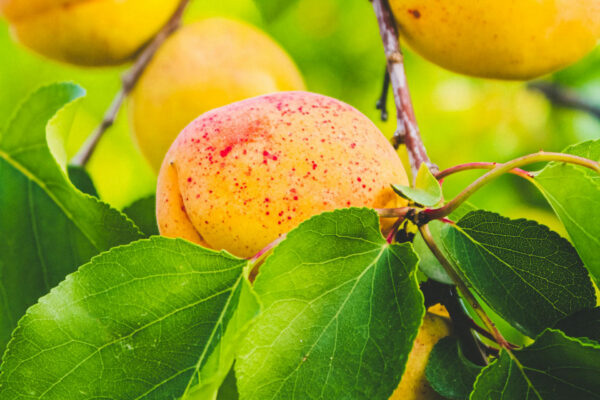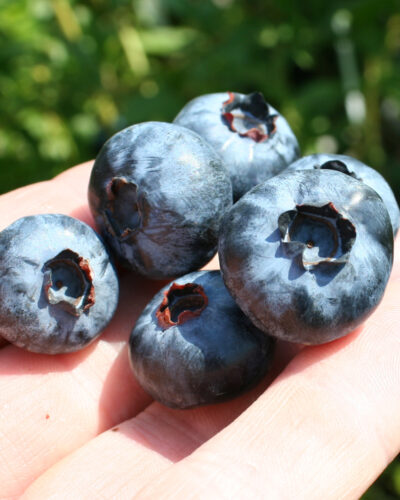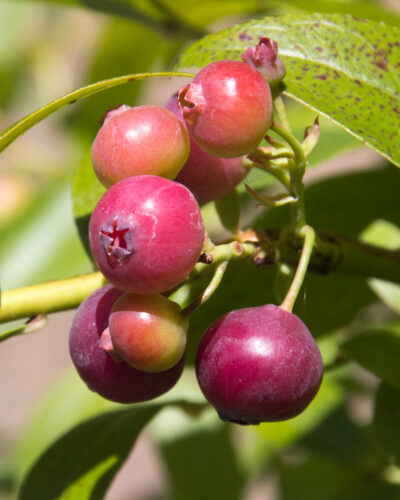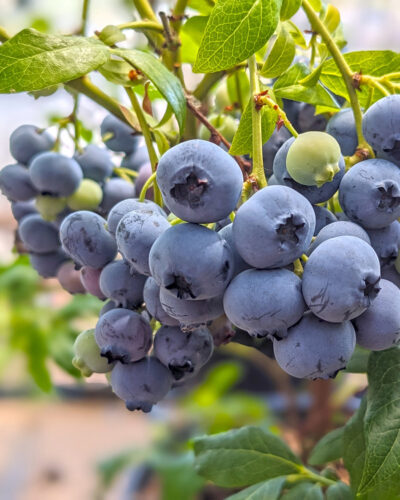Description
Apricot trees may take extra care, but the beautiful spring blooms and delicious golden fruit make them well worth the effort.
Our Trees
Our fruit trees arrive the beginning of February. From February thru April we offer bare root fruit trees. As the weather warms and the trees begin waking from winter dormancy we plant the fruit tress in pots. These potted fruit trees are then available throughout the remainder of the year. Potted trees can be planted into your yard at any time of the year or held in the pots.
The varieties of Apricots that we offer are ones that will do best in our area. Typically they will begin blooming later to minimize the chances of frost damage to the flowers. Later blossoms in the Pacific Northwest can also put them at a time when rain isn’t as heavy, improving pollination.
Tree Care
Fruit trees require some care and maintenance in order to produce the quality fruit that you’re wanting. This begins with pruning. Proper pruning will create a strong tree structure. It will help prevent diseases, improve fruit yield and ripening, and make picking easier. Start proper pruning for your trees when they are young to establish the proper structure. Apricot trees should be pruned each year. Because apricots bear heavily, the fruit should be thinned to improve the quality.
Apricot trees should be fertilized with a fruit tree mix sometime after bud break (between March and June). You do not want to fertilize your trees after the end of June.
Pollination
The blossoms on apricot trees are primarily white, or occasionally light pink. Most apricots are self-fertile and do not need another apricot tree near by to set fruit. However, a pollination partner can help promote a better harvest. For cross pollination you can use any other apricot tree that blooms during the same period. In our area apricots typically ripen between July and August.
Planting Conditions
Apricot trees should be planted in full sun. Like most fruit trees they should receive at least six to eight hours of sunlight per day. Water regularly throughout the summer when fruit is developing. Fruit trees are adaptable to a wide range of soils, but they won’t handle heavy clay well. You should remove heavy soil and add compost to provide good drainage. Amending the soil will improve your tree’s health and performance.
The Problems
Spraying is essential for growing apricots successfully. Otherwise insects and fungal diseases can wreak havoc on your trees. DO NOT SKIP using a dormant spray in late winter. It is absolutely critical for our area. As you continue to spray in throughout the season be aware that apricots are sensitive to some sprays. You should never use Sulfur (use Copper instead). Make sure that apricots are listed on the spray labels you are using. Follow our Simple Spray Guide as a minimum.
Tree Size
Fruit trees are almost always grafted at the base of the trunk. The portion of the tree below that graft is the rootstock. The rootstock gives trees many characteristics, one of them being size. With apricots though there isn’t as much size variation as there is with some other fruits. In most cases standard size apricots are going to be 15-25′ tall and 20′ wide without pruning. Check out our rootstock guide for more information about the rootstock of our fruit trees.
Our Apricot Varieties |
Canadian White BlenheimConsistently rated as one of the best-tasting apricots. This is a white apricot. |
HarcotLate mid season blooming makes this variety a great choice for cool spring climates. |
Pixie-CotA genetic semi-dwarf, naturally compact tree grows to be 8-10 ft tall. |
Puget GoldA heavy producer even in areas with cool, wet spring weather. One of the easiest to grow apricot varieties. |
TiltonFrost resistant variety that produces heavily on a vigorous tree. |




